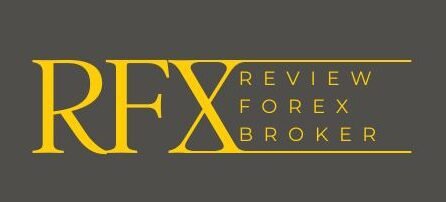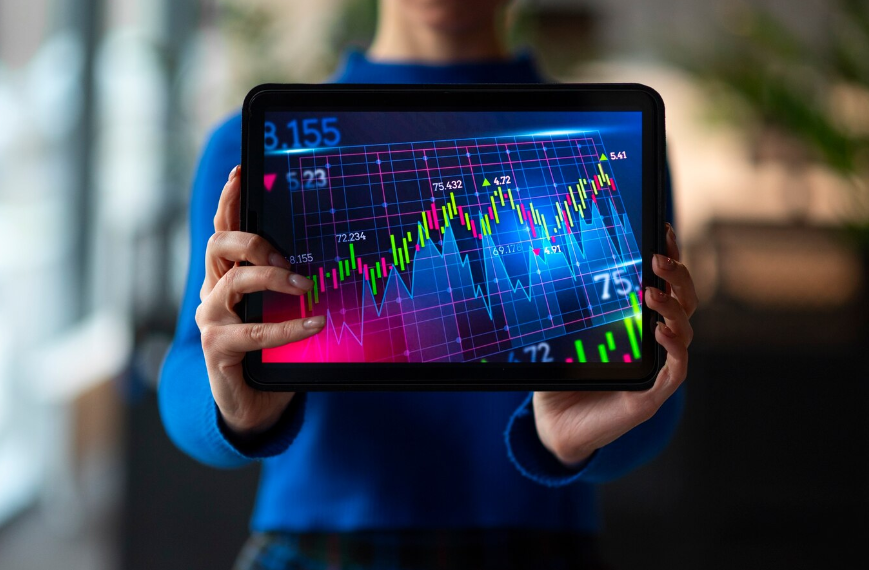Forex trading can be an exciting and potentially profitable endeavor, but it comes with its own set of complexities. Two of the most important concepts to grasp are leverage and margin. Understanding these can significantly impact your trading strategy and risk management. In this blog, we’ll break down what forex leverage and margin are, how they work, and how you can use them to your advantage.
What is Forex Leverage?
Leverage in forex trading is a tool that allows traders to control a larger position size with a relatively small amount of capital. It is essentially a loan provided by the broker to the trader.
How Leverage Works
When you use leverage, you’re able to trade positions much larger than your actual account balance. For example, if you have $1,000 in your trading account and your broker offers 100:1 leverage, you can control a position size of up to $100,000.
Leverage Ratio
Leverage is expressed as a ratio, such as 50:1, 100:1, or 200:1. This ratio indicates how many times the initial capital can be multiplied.
- 50:1 Leverage: With $1,000, you can control $50,000.
- 100:1 Leverage: With $1,000, you can control $100,000.
- 200:1 Leverage: With $1,000, you can control $200,000.
Benefits of Using Leverage
- Increased Potential Profits: Leverage amplifies your potential profits because you can take larger positions with a smaller amount of capital.
- Greater Market Exposure: It allows you to diversify your trades and increase your market exposure.
- Capital Efficiency: You can use your capital more efficiently, potentially freeing up funds for other investments or trades.
Risks of Using Leverage
- Increased Potential Losses: Just as leverage can amplify profits, it can also amplify losses. You can lose more money than you initially invested.
- Margin Calls: If the market moves against your position, you might receive a margin call, requiring you to deposit more funds to maintain your position.
- High-Risk: Leverage can lead to significant financial risk if not managed properly.
What is Forex Margin?
Forex Margin is the amount of money that a trader needs to deposit with their broker to open and maintain a leveraged position. It’s not a fee or cost but a portion of your account equity set aside and allocated as a margin deposit.
Types of Margin
- Initial Margin: The amount required to open a new position.
- Maintenance Margin: The minimum amount of equity that must be maintained in a margin account to keep a position open.
How Margin Works
Margin is typically expressed as a percentage of the full position size. For example, a 1% margin requirement means that to open a position worth $100,000, you need to deposit $1,000 as margin.
Margin Call
If your account equity falls below the maintenance margin level due to adverse market movements, you may receive a margin call from your broker. This requires you to either deposit more funds or close some of your positions to bring your account back to the required level.
Calculating Leverage and Margin
Leverage Example
- Account Balance: $1,000
- Leverage: 100:1
- Position Size: $1,000 x 100 = $100,000
Margin Example
- Position Size: $100,000
- Margin Requirement: 1%
- Margin Needed: $100,000 x 1% = $1,000
Managing Leverage and Margin
To effectively manage leverage and margin, consider the following strategies:
- Set Stop-Loss Orders: Always use stop-loss orders to limit potential losses.
- Use Lower Leverage: Start with lower leverage to minimize risk, especially if you are a beginner.
- Monitor Margin Levels: Regularly check your margin levels to avoid margin calls.
- Diversify Your Trades: Don’t put all your capital into one trade; diversify to spread risk.
- Stay Informed: Keep up with market news and events that can affect your trades.

